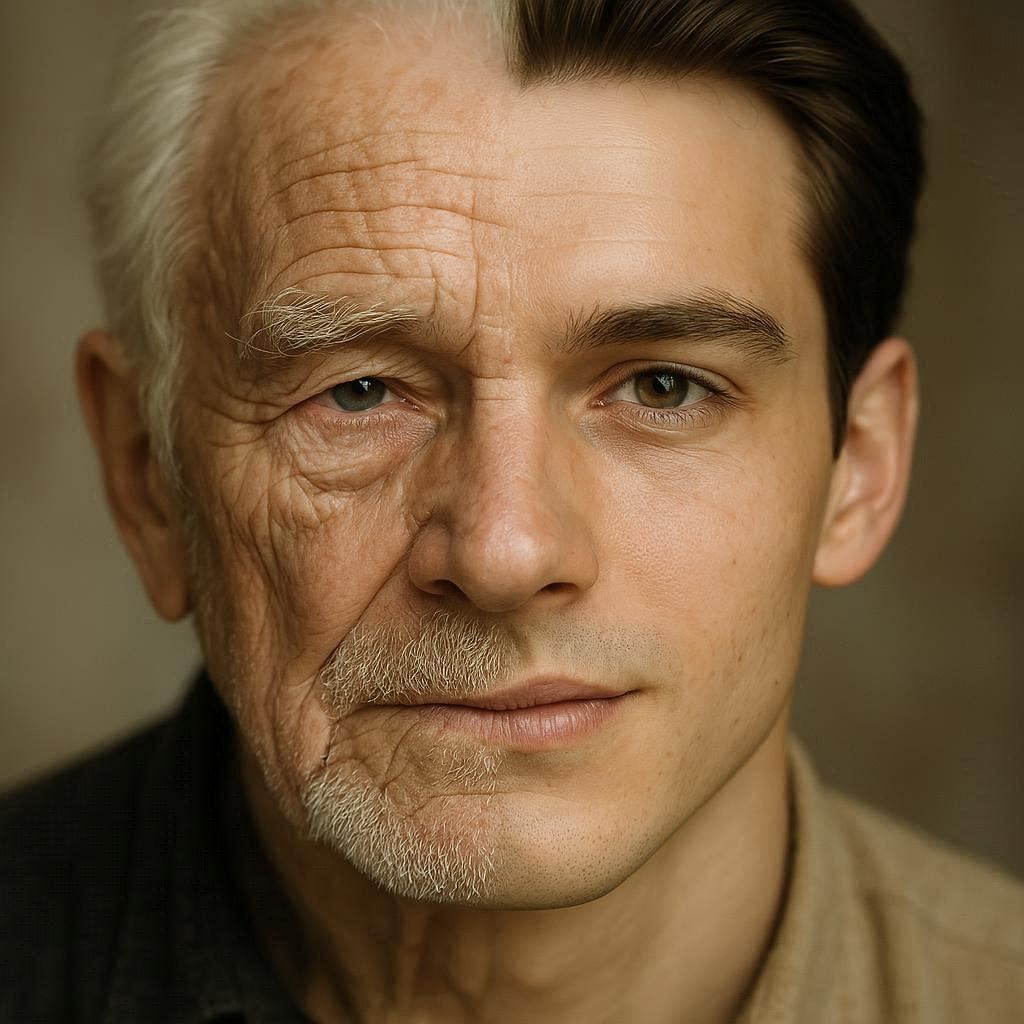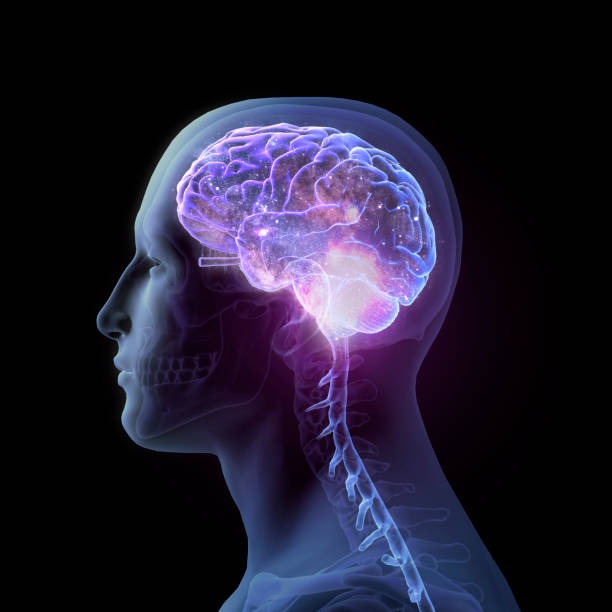From the earliest days of human history, people have dreamed of a life without sickness, pain, or decline. Ancient myths spoke of fountains of youth, elixirs of immortality, and divine beings who could grant eternal health. Beneath these legends lay a universal yearning: to escape the grip of disease and the finality of aging. For centuries, this remained a fantasy, a tale told around fires or etched into sacred texts. Yet in the modern era, science has brought us closer than ever to asking this question not as a dream, but as a possibility: Can we cure all diseases, including aging itself?
This question carries both wonder and unease. It forces us to look not only at biology and medicine but at philosophy, ethics, and the meaning of being human. The pursuit of curing disease is no longer confined to folklore; it is embedded in laboratories, genetic sequencing machines, stem cell cultures, and clinical trials. To trace this journey, we must explore the scientific breakthroughs of the past, the current frontiers of medicine, and the radical ideas that promise to reshape life itself.
The Triumphs of Modern Medicine
The twentieth century was a turning point in humanity’s war against disease. For thousands of years, infections had been the greatest killers. Epidemics like the Black Death, smallpox, and cholera wiped out millions, often without explanation. People attributed these deaths to curses, divine punishment, or mysterious “bad air.” Then science revealed the true enemy: microbes. The germ theory of disease, advanced by Louis Pasteur and Robert Koch, showed that invisible bacteria and viruses were the culprits behind many of humanity’s greatest plagues.
Armed with this knowledge, medicine advanced with unprecedented speed. Vaccines were developed to prevent deadly infections. Antibiotics, beginning with penicillin in the 1940s, transformed once-lethal bacterial illnesses into easily treatable conditions. Public health measures, from sanitation to clean water systems, reduced the spread of disease. By the end of the century, smallpox, one of the deadliest diseases in history, had been eradicated—the first and so far only human disease to vanish entirely from the Earth.
These triumphs extended lifespans dramatically. In 1900, the average global life expectancy was about thirty-one years. By 2000, it had risen to sixty-seven. Today, in developed nations, many people can expect to live into their eighties or beyond. This remarkable progress, however, reveals a deeper challenge: even if we cure infectious diseases, we cannot escape aging.
The Shift to Chronic Illness
As antibiotics and vaccines tamed infectious disease, the main threats to health shifted. Instead of dying from smallpox or tuberculosis, people increasingly faced chronic conditions: cancer, diabetes, heart disease, Alzheimer’s. These illnesses are not caused by foreign microbes but by the gradual breakdown of our own cells and systems. They emerge from genetic mutations, cellular damage, inflammation, and the accumulation of errors over time. In short, they are the diseases of aging.
This transition has forced medicine to change its focus. Doctors no longer fight single invaders with simple cures but must grapple with complex networks of processes that unfold over decades. A heart attack is not one event but the culmination of years of plaque buildup in arteries. Alzheimer’s disease arises not from one cause but from a tangled web of protein misfolding, neuronal death, and genetic predispositions. Unlike bacteria, these conditions cannot simply be killed with a pill.
The challenge deepens when we realize that many chronic diseases are interconnected. Aging is the ultimate risk factor. A person who lives long enough will almost inevitably develop some form of cancer, cardiovascular disease, or neurodegeneration. Thus, if we truly seek to cure all diseases, we must confront aging itself—not as an unchangeable destiny but as a biological process that might be slowed, altered, or even reversed.
The Biology of Aging
Aging once seemed like an inevitable decline, a natural unraveling written into the fabric of life. But modern science reveals that aging is not a single process, but a constellation of biological changes. Researchers have identified “hallmarks of aging,” which include genetic mutations, mitochondrial dysfunction, cellular senescence (where cells stop dividing but refuse to die), loss of stem cell activity, and changes in how DNA is read and expressed.
These hallmarks do not occur all at once, but accumulate gradually, tipping the balance of our bodies from resilience to vulnerability. A youthful body repairs DNA damage, clears out faulty proteins, and regenerates tissue efficiently. With age, these mechanisms falter. Errors accumulate, inflammation rises, and the body’s systems lose coordination. Diseases emerge as consequences of this breakdown.
The critical insight is that aging is not separate from disease—it is the soil in which disease grows. Cancer, heart disease, and dementia are not random afflictions but the fruits of aging biology. If we could intervene in aging itself, we might prevent a host of diseases simultaneously. This shift in perspective marks the birth of longevity science, a field that no longer accepts aging as untouchable.
Extending Life in the Laboratory
In laboratories around the world, scientists have begun to test whether aging can be manipulated. The results are astonishing. In yeast, worms, and flies, researchers have doubled or even tripled lifespan by altering specific genes. Mice given certain drugs live longer, healthier lives. One class of drugs, called rapalogs, interferes with a nutrient-sensing pathway known as mTOR, which seems to regulate cellular growth and aging. Another compound, resveratrol, found in red wine, activates genes linked to longevity, though its effects in humans remain unclear.
Perhaps most promising are senolytics, drugs that target and eliminate senescent cells. These “zombie cells” accumulate with age, secreting inflammatory molecules that damage surrounding tissue. By clearing them out in mice, researchers have not only extended lifespan but also reversed symptoms of frailty. Similarly, experiments with stem cells have shown the potential to rejuvenate aging tissues, restoring function to muscles, skin, and even the brain.
In the realm of genetics, CRISPR technology has opened the door to editing DNA with unprecedented precision. This raises the possibility of correcting mutations that drive both rare inherited diseases and age-related decline. Meanwhile, advances in epigenetics suggest that the “aging clock” encoded in DNA could be reset. Experiments have shown that reprogramming cells to a younger state can restore their function—hinting at the possibility of turning back the biological clock itself.
The Quest for Immortality
These discoveries have sparked bold visions. Some scientists believe we may one day cure aging entirely, achieving biological immortality. Companies funded by billionaires are investing in longevity research, seeking not just longer lives but potentially unending ones. Futurists imagine a world where death from old age is obsolete, where people can remain youthful indefinitely.
But immortality is a complex idea. Even if we stop aging, we cannot prevent all accidents or external threats. A world without biological aging would still face dangers from trauma, natural disasters, or new diseases. More importantly, immortality raises profound ethical questions: What would endless life mean for society, resources, and the meaning of existence? Would it be a gift or a curse?
For many scientists, the goal is not immortality but healthspan—the period of life free from disease and disability. Extending healthspan means adding years of vitality, not simply prolonging decline. A life of 120 years in good health may be more desirable than a life of 200 years filled with frailty. Thus, the question is not merely “Can we cure aging?” but “Can we ensure that longer life is also better life?”
Obstacles on the Road Ahead
The path toward curing all diseases, including aging, is filled with challenges. Biology is complex, and interventions that work in animals often fail in humans. Aging involves multiple systems interacting in unpredictable ways. A drug that extends life in mice may have unintended consequences in people.
There are also dangers of unintended trade-offs. For example, suppressing cell growth to prevent cancer might impair healing or fertility. Enhancing regeneration could increase the risk of tumors. Intervening in aging requires a delicate balance, one that evolution itself has shaped over millennia.
Moreover, curing disease is not solely a scientific challenge but also a social one. Even if powerful therapies are developed, who will have access to them? Will they deepen inequality, creating a world where the wealthy live decades longer than the poor? How will societies cope with dramatically older populations, and what will become of concepts like retirement, inheritance, and generational change?
The Future of Medicine
Despite these obstacles, medicine is entering a new era. The convergence of genetics, biotechnology, artificial intelligence, and regenerative medicine is accelerating discoveries. AI algorithms can analyze vast datasets to identify new drug candidates or predict disease risk years in advance. Personalized medicine tailors treatment to an individual’s genetic profile, maximizing effectiveness. Organoids—miniature organs grown from stem cells—allow scientists to test therapies in human-like systems without risking patient safety.
Infectious diseases remain a challenge, as the COVID-19 pandemic demonstrated. Yet even here, rapid vaccine development using mRNA technology revealed how quickly science can respond when resources are mobilized. Similar strategies may one day provide universal vaccines against influenza, HIV, or even new viruses yet to emerge.
At the frontier of aging research, clinical trials are already testing drugs like metformin, a common diabetes medication that appears to slow aging-related processes. Gene therapies are exploring ways to repair or replace defective DNA. The line between curing disease and enhancing life is blurring, raising possibilities that would have seemed like fantasy only decades ago.
A Question of Meaning
The dream of curing all diseases, including aging, forces us to ask deeper questions. If death is delayed indefinitely, what gives life urgency? If suffering is eliminated, how do we measure joy? Human culture, art, and philosophy have long been shaped by mortality. Would endless life enrich these dimensions or erode them?
Some argue that the pursuit of immortality risks hubris, an attempt to transcend natural limits that could unravel society. Others contend that it is the ultimate expression of humanity’s potential—to overcome suffering, to expand consciousness, to explore the universe without the shadow of death.
Perhaps the answer lies not in conquering mortality but in transforming it. By extending health, we gain more time to love, to create, to discover. By delaying decline, we reduce suffering and expand possibility. The goal is not to deny death, but to redefine life.
Conclusion: A Future Within Reach
Can we cure all diseases, including aging? The answer, for now, is both yes and no. We cannot yet eliminate every illness, nor have we mastered the biology of aging. But science has shown that both are malleable. We have already cured diseases once thought untouchable, and we are beginning to manipulate the processes of aging itself.
What was once myth is becoming science. The fountain of youth may not be a magical spring, but a collection of therapies—genetic, cellular, pharmaceutical—that together reshape our biology. Immortality may remain elusive, but the dream of a longer, healthier, more vibrant life is moving from the realm of imagination into reality.
In the end, the quest to cure disease and aging is more than a scientific project. It is a reflection of what it means to be human: to resist suffering, to seek knowledge, to reach beyond limits. Whether we achieve immortality or not, the pursuit itself enriches us. It forces us to imagine better futures, to push the boundaries of what is possible, and to cherish the fragile, extraordinary gift of life.
The question is not only whether we can cure all diseases, but whether we are ready for the world that will follow if we do. For in that world, humanity may finally step into a new chapter—one where health and longevity are no longer fleeting privileges, but enduring companions in the story of existence.






